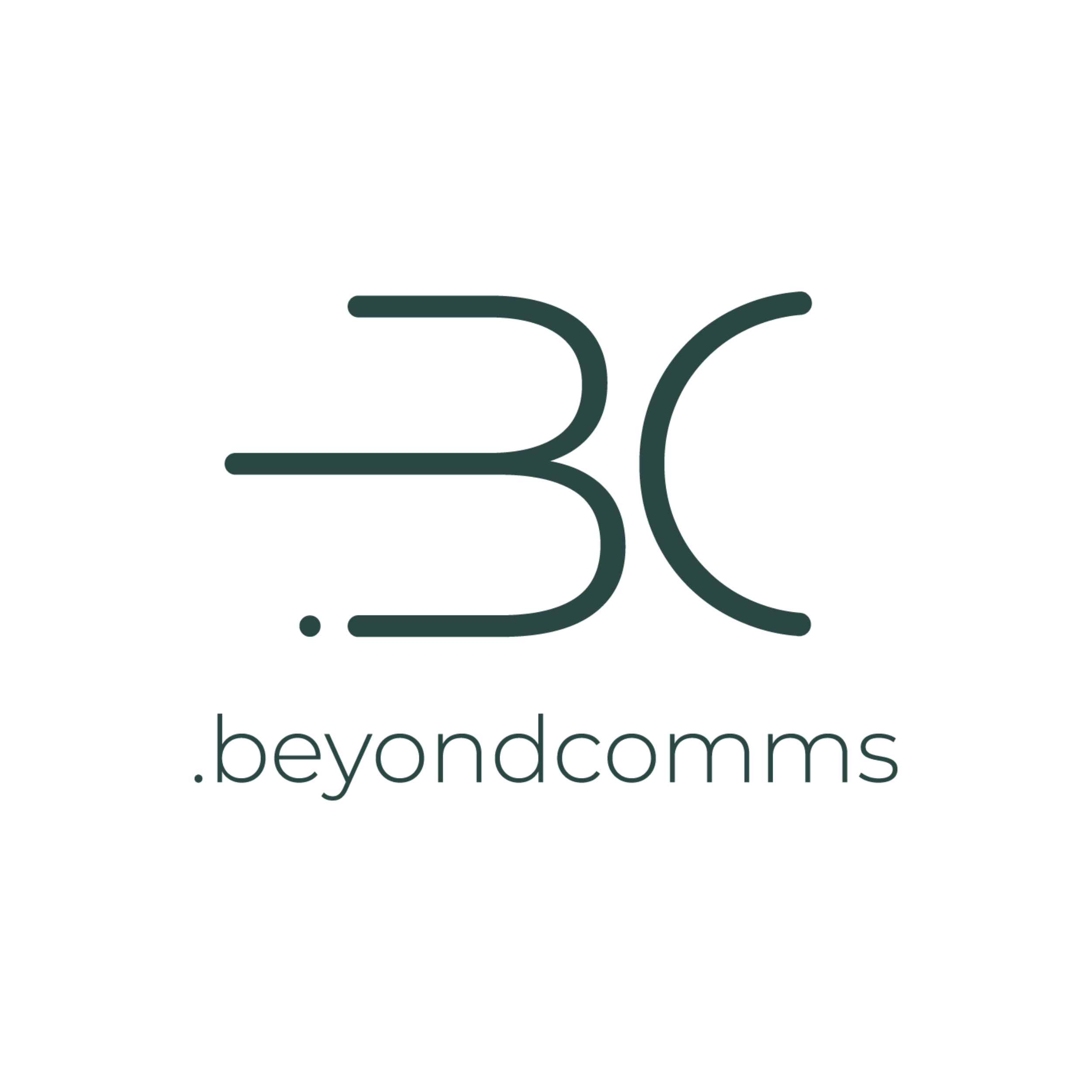What is your business purpose?
In .beyondcomms, the business purpose is made up of three components: 1) A well of inspiration, 2) a thread that guides everyone along the journey, 3) a star that everyone can aim to reach. Your business purpose essentially answers these questions: What is your business in this world for? Why do you exist?
It’s fundamental and deep.
The Benefits of articulating a business purpose
You have a clear core that you can build your business and brand around. Your employees and stakeholders can find common ground with the purpose and therefore build stronger connections with your brand. For your customers or clients, they have a much more direct line to your business and the impact you want to have, increasing loyalty and retention. Lastly, a purpose will serve as your inspiration and guiding star as you navigate difficult situations and decisions.
How do you define it?
Start with yourself or yourselves (if you are a larger team). Put the market research and competitors aside. To find your purpose you must dig deep and find language that combines inspiration and action.
Step 1: Internal Exploration and Understanding
Start by asking yourself questions that get at the heart of why you initially started your company. Let your answers flow and don’t judge them. At this stage, you want to gather as much information as possible. You will sort through it later. Some questions you can ask yourself are:
- Why did you start your company?
- Why is that important?
- How did you get into your industry?
- What does your company do?
- Where are you currently struggling the most?
- Tell me the story of your company. How did you build it?
After this initial step, gather your milestones and accomplishments. If this is your first company, look at your personal life. What are the key moments that have led you to this point? If you already had your company for a while, look at your biggest accomplishments and milestones over time. For either situation, make sure that you list key people involved, lessons learned, and what traits were the most prominent.
Look at your dreams. Where do you see your company in 10 years? What would you want others to say about your company in 100 years?
Step 2: Look at the External Environment
Adopt a broad view of your industry and sector. Write down how your industry works: What do people in your industry believe in? Where do you agree, and where do you disagree? What do you want your company to be? What do you think it needs to be?
Step 3: Your Customers
Investigate your customers or your ideal customers. This is a great moment to speak to an existing client or customer. Look at how they benefit from your service or product. What brings them back to you? Don’t forget to explore what customers you enjoy working with and why. Don’t fill in an “Ideal Customer Template”. We’re one step before that and are still looking to gather information, not organize it.
Step 4: Organize your Information
The time has finally come! Now that you have collected a lot of information and inputs, we’ll get to organizing it. Start with Huber Joly’s Venn Diagram of Purpose adapted for businesses.
Begin with filling out the outer areas of the diagram based on the insights you gathered in Steps 1 to 3. Once that is done, identify any intersections between two of the overlapping areas. Don’t rush! Leave the purpose aside for now.
Next, create a short list of your company heroes and antiheroes: What are their attributes and behaviors? This is a very great exercise to begin identifying some of the values that are important to your business and will inform the expression of your purpose.
Finally, it’s time to look at the last intersection in your Venn diagram and begin to articulate your business purpose. We wrote about the definition for a business purpose which gives a short formula at the end that you can use to create your first statement.
Some Final Pointers
If you followed the steps and spent some time on each of the exercises, you should have gotten some deeper insights and learnings that should lead to a clear purpose statement. Don’t forget to read the statement out loud to see how it resonates. If it doesn’t feel quite right, go back to the information you gathered. If you feel in your gut that the statement encapsulates why your business is in this world, congratulations!
Just because you defined your purpose now, doesn’t mean that you cannot change it later. As your business grows and the world around us continues to change your purpose might shift. That’s perfectly fine. Just make sure that the statement you create will nourish your strategy for multiple years, not months. We are taking a long-term view with a business purpose.

